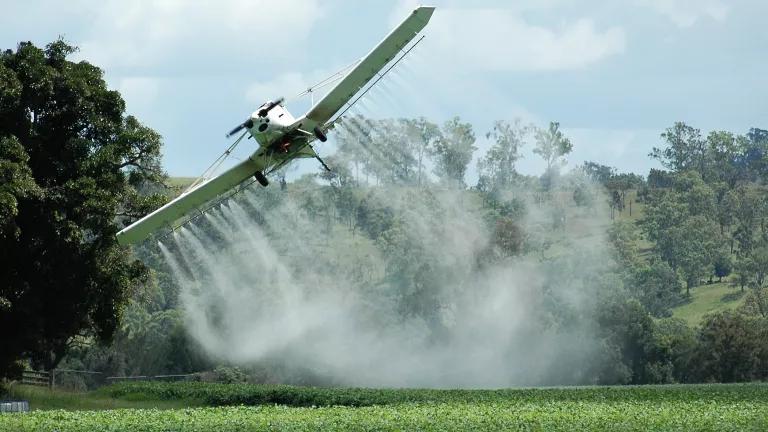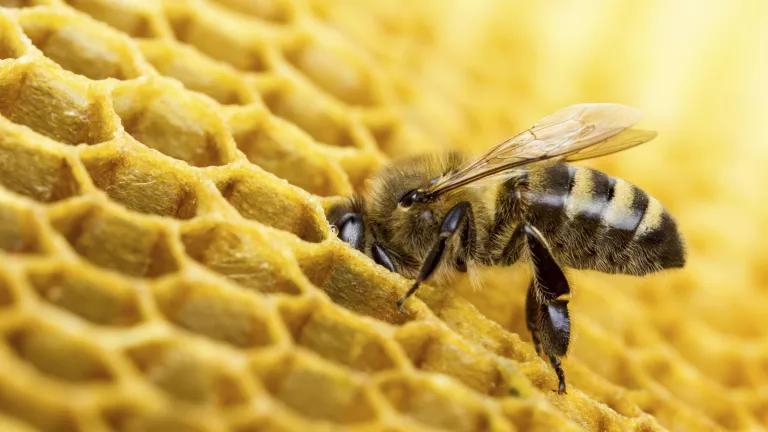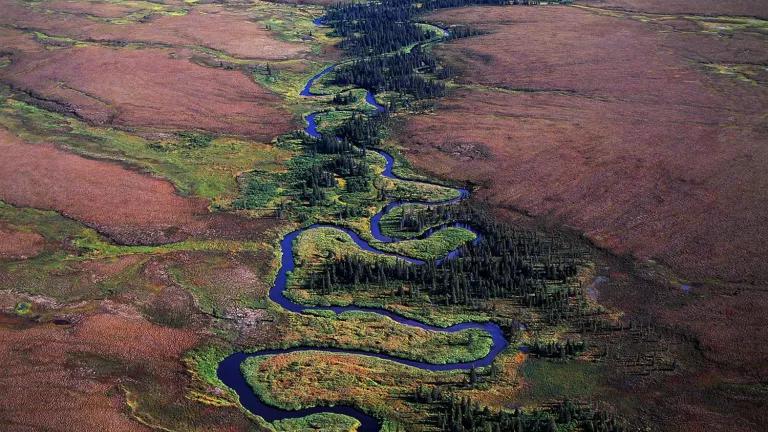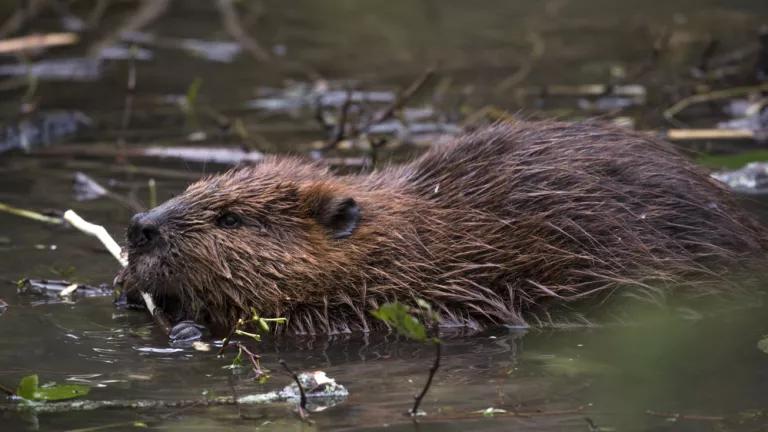
A beaver snacks on a stick in the safety of the water, where this semi-aquatic rodent can move with much more agility than on land.
A group of around 200 impassioned scientists, practitioners and advocates came together in early March to discuss a rodent of great importance: the beaver. “BeaverCon” was a fitting name for the gathering—it’s hard to avoid puns and playful descriptors when discussing this oddly charismatic animal. But the discussions at BeaverCon were not to be taken lightly. Beavers’ ability to transform their environment through dam-building can lead to such an array of ecosystem benefits, it’s almost hard to believe. From reducing climate change through the capture of carbon; to creating habitat for sensitive species like salmon and sage grouse; to mitigating hazards like fire, flood and drought; to water storage and pollution filtration, presenters praised beavers as the unsung heroes of ecosystem health and resilience.
Across more than 30 presentations at BeaverCon, one theme consistently emerged: We humans need a major re-education on the place of beavers in our landscape (with the exception of many Indigenous peoples who have maintained traditional ecological knowledge). Western society needs more beaver believers, which is to say, we need to rethink the path towards healthy watersheds.
Frances Backhouse, an author who has written extensively on the history of beavers, explained during her presentation that beavers were once ubiquitous across North America (think many tens of millions if not hundreds of millions of beavers), but by the 1990s we had cut them down to just 100,000 or so. The fur trade decimated beavers in a span of just 300 years—a drop in the bucket compared to the millions of years beavers have spent curating this continent.
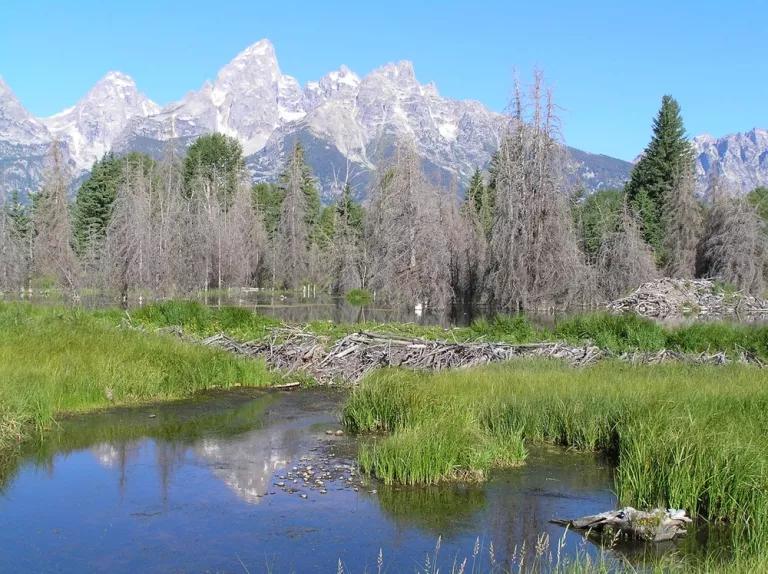
This picturesque scene has become a popular tourist site because of the way the dramatic Teton Range frames this beaver pond.
Beavers have been slowly rebounding, but they are still missing from many of their former haunts. Their near-extirpation and continual persecution have had profound impacts. In the absence of beavers, we created a misinformed paradigm about what healthy rivers, streams and valley bottoms should look like and how to achieve it. Multiple BeaverCon presenters referred to this as a form of “ecological amnesia.” When beavers are on the landscape, rivers and streams are complex, messy and diverse because of the way beavers alter a landscape. With complexity comes resiliency and biodiversity. Where beavers have been removed, flowing water can turn into single-thread, straight-edged channels that become drier and disconnected from the floodplain.
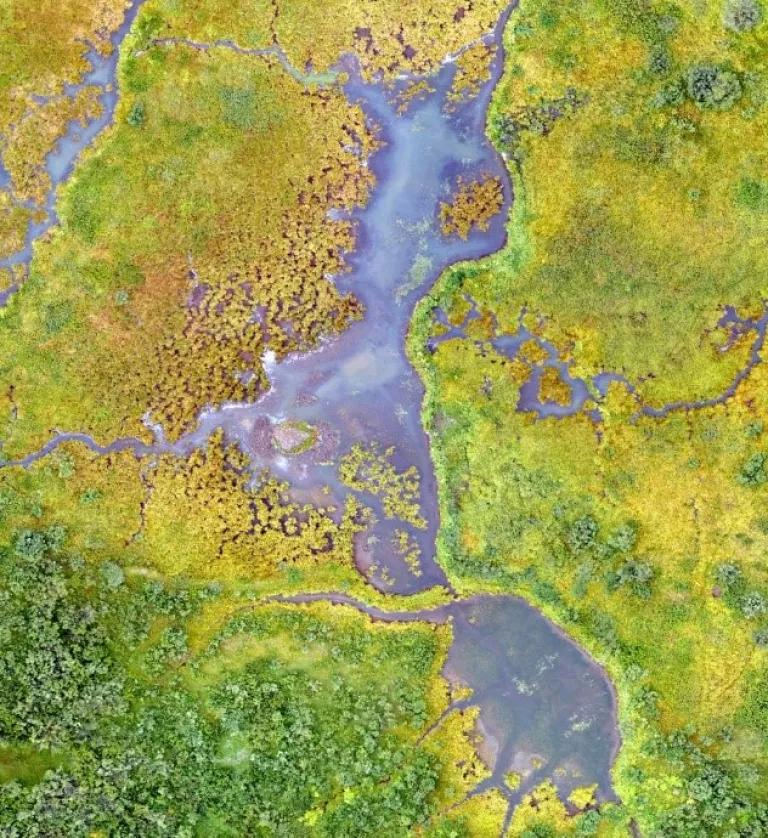
Beavers create complex wetland mosaics that looks very different from single-channel rivers and streams.
Beavers will take care of an entire watershed and they can generally do it better, more cheaply and on a larger scale than what human management can do. Despite the astounding diversity of benefits beavers deliver, they have been slapped with the labels “nuisance rodent,” “furbearer” and even “predator,” and are killed by the hundreds of thousands every year in North America.
While many beavers are trapped for their fur, others are killed because they pose real or perceived threats to human infrastructure or property through flooding and gnawing down trees. In a situation where beavers may cause damage, killing them quickly has become the status quo. In most situations of conflict, there are alternatives to killing beavers that allow both beavers and humans to coexist without harm. Unfortunately, anyone seeking to protect or restore beavers faces significant cultural and regulatory barriers compared to the relative ease with which people can kill beavers.
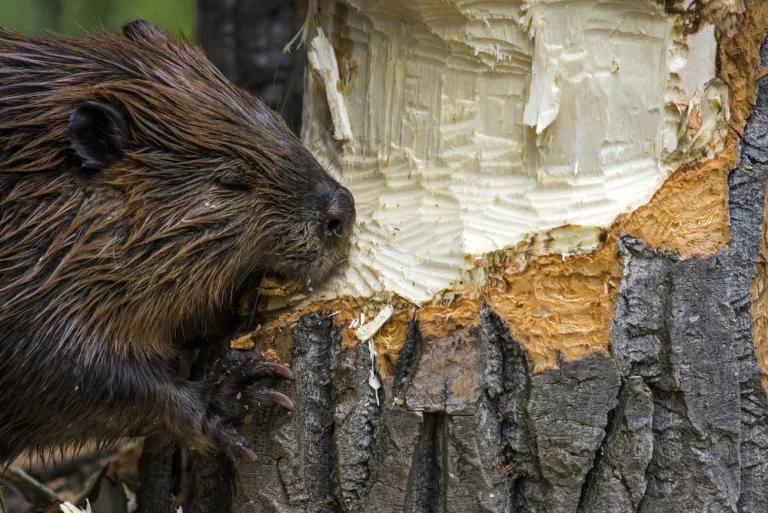
Beavers have sharp teeth and strong jaws, which enable them to chew through trees that they may use for building a dam or for food.
The science has caught up with beavers and the consensus is clear: these animals are a powerful partner in protecting ecosystem and human health. We can no longer afford to turn a blind eye to all that we destroy when we kill beavers. Where there are fewer beavers, there is less resilience, less diversity and most notably, less water. The critical importance of water is intuitively obvious, but we often overlook the connection between beavers and water. Addressing this disconnect will require confronting the perceptual and political barriers to accelerating beaver coexistence and restoration across North America.
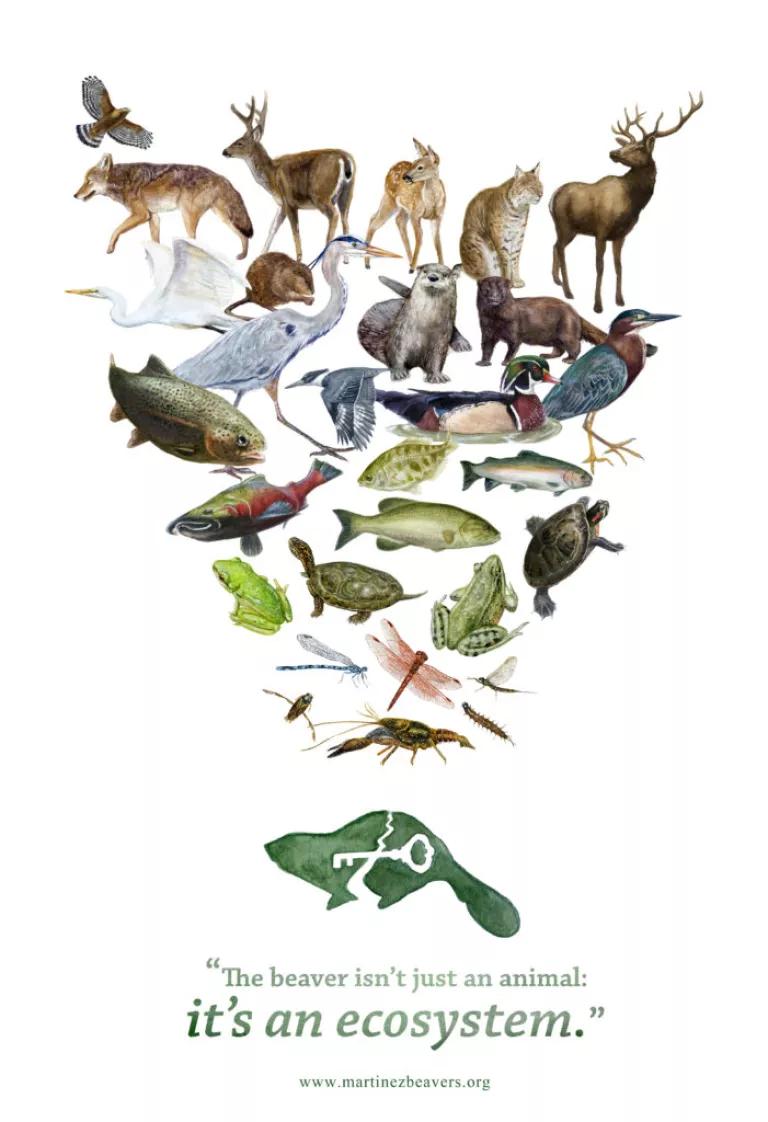
Long-time beaver advocate Heidi Perryman created this graphic to portray the keystone role beavers play and the many animals that benefit from beaver-created habitat.
Graphic credit: Worth a Dam
